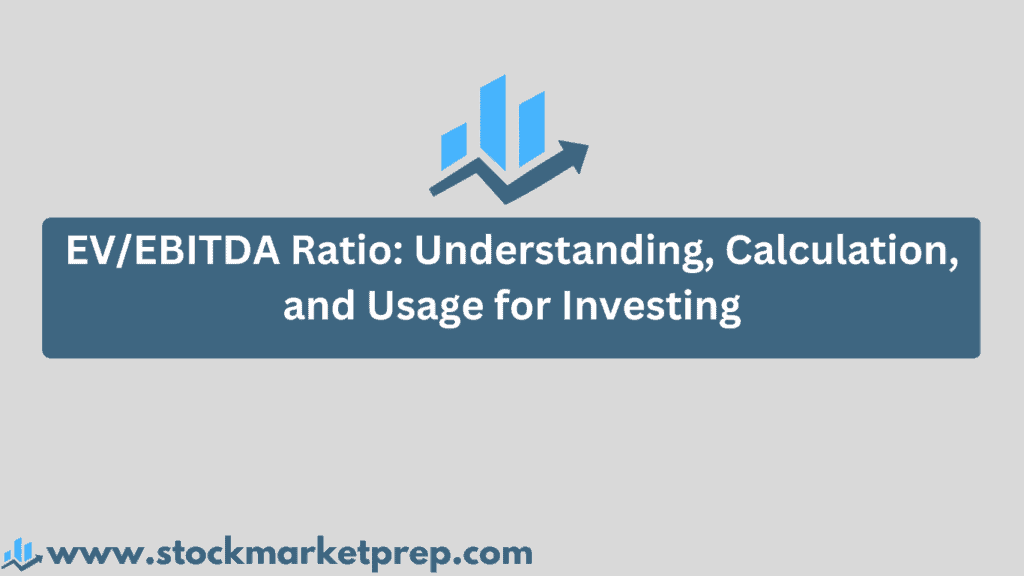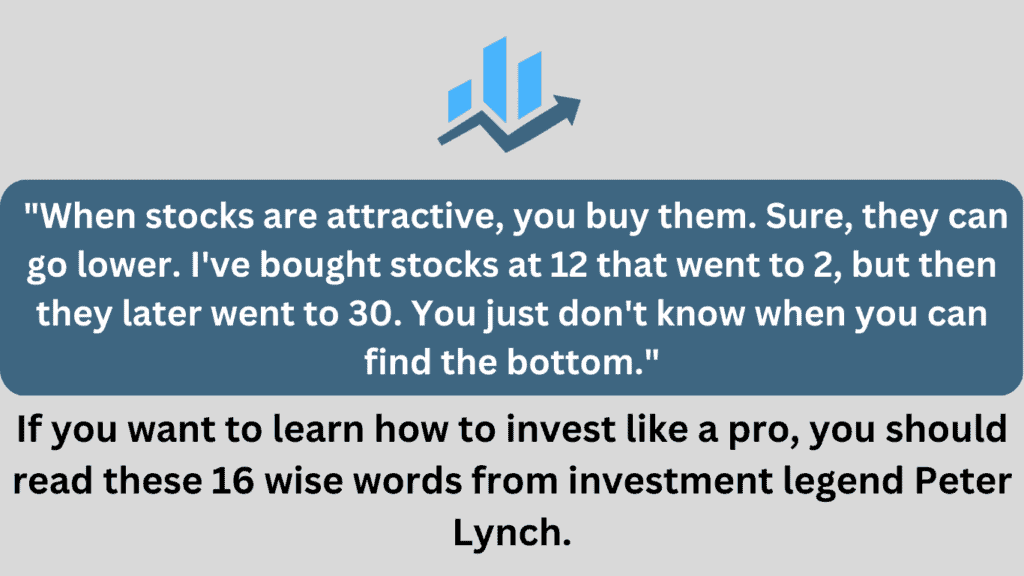The Relationship between the Stock Market and the Bond Market
Understanding the relationship between the stock market and the bond market is essential for making informed investment decisions and managing risk effectively. Learn about the historical relationship between the two markets, how they affect each other, and the importance of analyzing their relationship to adjust investment strategies accordingly.
The Relationship between the Stock Market and the Bond Market Read More »









